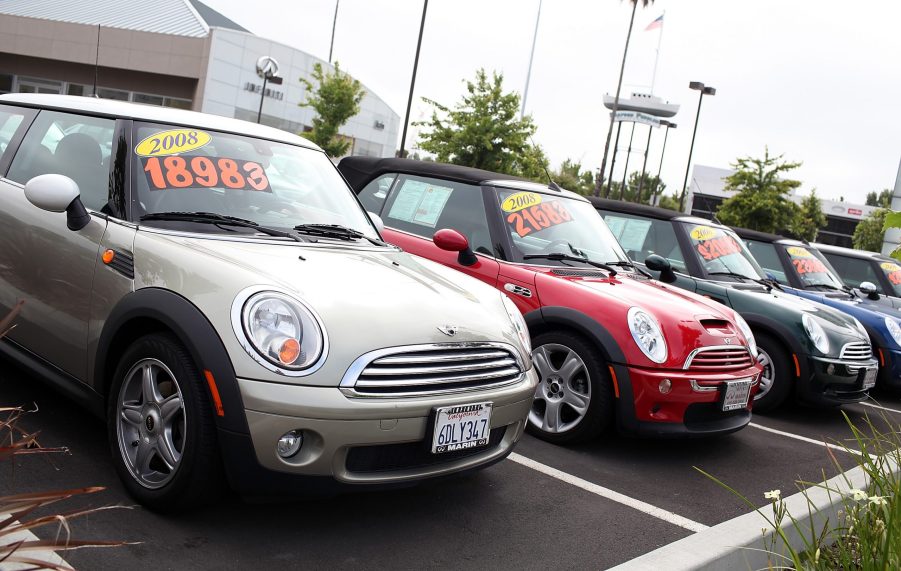
Be Careful in Buying an “As Is” Vehicle From a Dealer
If you’re in the market for a used car and happen to be perusing dealer lots for your next ride, be sure to check all of the stickers in the windows. One of the forms that are typically taped to one of the windows is called a “Buyer’s Guide” and it will tell you whether or not the car is being sold with a warranty. If not, then the checked-off box will read “As is – No Dealer Warranty,” and you should be careful of that.
What does “sold as is” mean?

A car that’s being sold “as is” simply means that it does not include a warranty from the dealership. According to TrueCar, that also means that when you sign the contract to take ownership of that car, you’re also agreeing to take on pre-existing or future repairs it may have. And if any repairs or issues do come up, then the dealer you bought it from is not obligated to pay for them or reimburse you.
Remember that “Buyer’s Guide” we told you to look at? Dealers are required by law to display that on all of their used cars to inform buyers of what they are buying. Edmunds also notes that late-model cars can still be covered under part of the manufacturer’s new car warranty, but still be sold “as is” as they don’t have a warranty from the actual dealer.
Research is important when buying a car “as is”
If you happen to find a used car on a dealer’s lot that is being sold “as is,” have no fear. Here are a few helpful tips that will give you the peace of mind that you’re buying a good car regardless if it has a warranty or not:
- Do your research: Before you purchase a used car, Carfax recommends that you do as much research about it as possible. That means looking up various car reviews on make and model in addition to reliability ratings. You can also check out reviews from other owners and forums to see what you can expect when purchasing that specific car.
- Check the vehicle’s history: While they might not show everything, a vehicle history report can tell you a lot about a car. Sites like Carfax and AutoCheck are great resources, so be sure to check at least one of them.
- Get the car inspected: Taking the car to a third-party mechanic is always a good idea. They will be able to tell you what’s wrong with the car so that you can determine if it’s worth buying or if the car’s a potential lemon. Getting a pre-purchase inspection could cost you $100 to $200 and an hour of your time, but that’s better than thousands of dollars and months wasted on a car that you shouldn’t have bought.
- Test drive the car: Never buy a used car without test driving it first. And make sure you take the car on a long enough drive that you can hear, see, and smell any obvious issues.
Buying a car “as is” can save you money

Once you’ve done all of the aforementioned tips, then you can safely purchase the car in confidence despite the fact that it doesn’t have a warranty on it. You can always purchase a third-party extended warranty, but those are typically overpriced and you might never use it. Regardless, be careful and do your research before buying a car “as is” and you’ll be even happier when you save some money.



